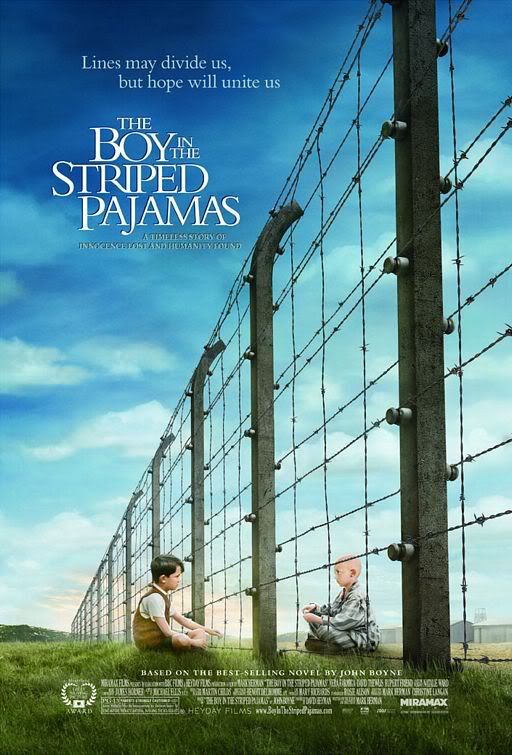
"My dad says I shouldn't live here anymore, this isn't a place for children." - Bruno
These words are echoed by Bruno, about two thirds of the way through the film, in a bitter sense of irony. There isn't a better line that sums up the entire meaning of the film than this one.
The Boy in the Stripped Pajamas, is another holocaust movie, a genre that has had many films and will continue to have more, not because of the importance of the subject matter but because it offers a setting to create or present real fascinating stories to tell.
Bruno is an 8 year old child living in World War II's Germany. By orders of the state he and his family are sent to the countryside where his SS Father is ordered to live and oversee the direction of a concentration camp. In Bruno's boredom with only his 13 year old sister as a playmate, he soon discovers the camp and a boy the same age as him who is a prisoner there. Time progresses, the boys develop a bond, with only electric barbed wire separating them from two completely different worlds.
There's a bit of risk taken with this film. The German World War II setting is acted out by a complete British cast, with accents, and no attempt to disguise their background. At first it does provide some confusion, at first I thought this was an English family living in Germany who were sympathetic to the Nazi cause. However, as the movie progresses more characters are introduced who sound just like them. At times it takes away from the realism, but then the actors are so top notch, that if they were to try to speak in English with perhaps German accents the whole movie wouldn't work anyway. Then again I got even more confused as the story went along thinking did the German's successfully invade England or something??
The reality of these questions though is set aside a third way from the film as Bruno discovers the camp and the young boy who resides there. It is the acting between these two that makes the film have the most powerful effect.
The Boy In The Striped Pajamas greatest triumph is how it projects a viewpoint where the simplicity and innocence of a child's mind overrules and expresses the futile madness of the Nazi and more so the adult world that created this living hell on earth. More so, it's conclusion is one of the most fitting. The ending provides an ironic sense of justice and freedom for those who wish to not be a part of it.
 There comes a time when you think the same ideas are going to be rehashed for every animated Disney film, and then there are times you get surprised. Disney/Pixar is now the staple of big budget animation and you would think they'd be on the same tired animated formula. However, it's pleasing to discover that in Wall-E they not only avoid the same predictable traps, they took some risks and succeeded wildly.
There comes a time when you think the same ideas are going to be rehashed for every animated Disney film, and then there are times you get surprised. Disney/Pixar is now the staple of big budget animation and you would think they'd be on the same tired animated formula. However, it's pleasing to discover that in Wall-E they not only avoid the same predictable traps, they took some risks and succeeded wildly.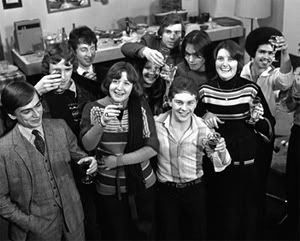
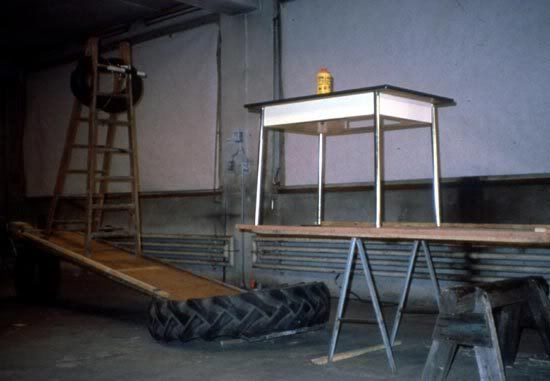
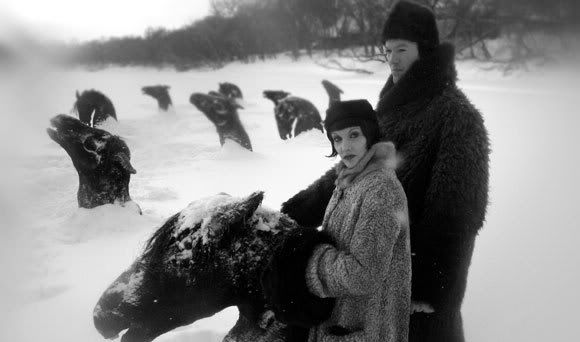
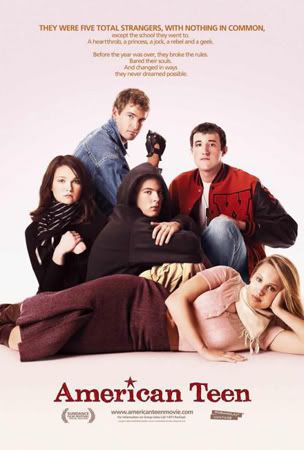 The nut returns from the SilverDocs screening of
The nut returns from the SilverDocs screening of 